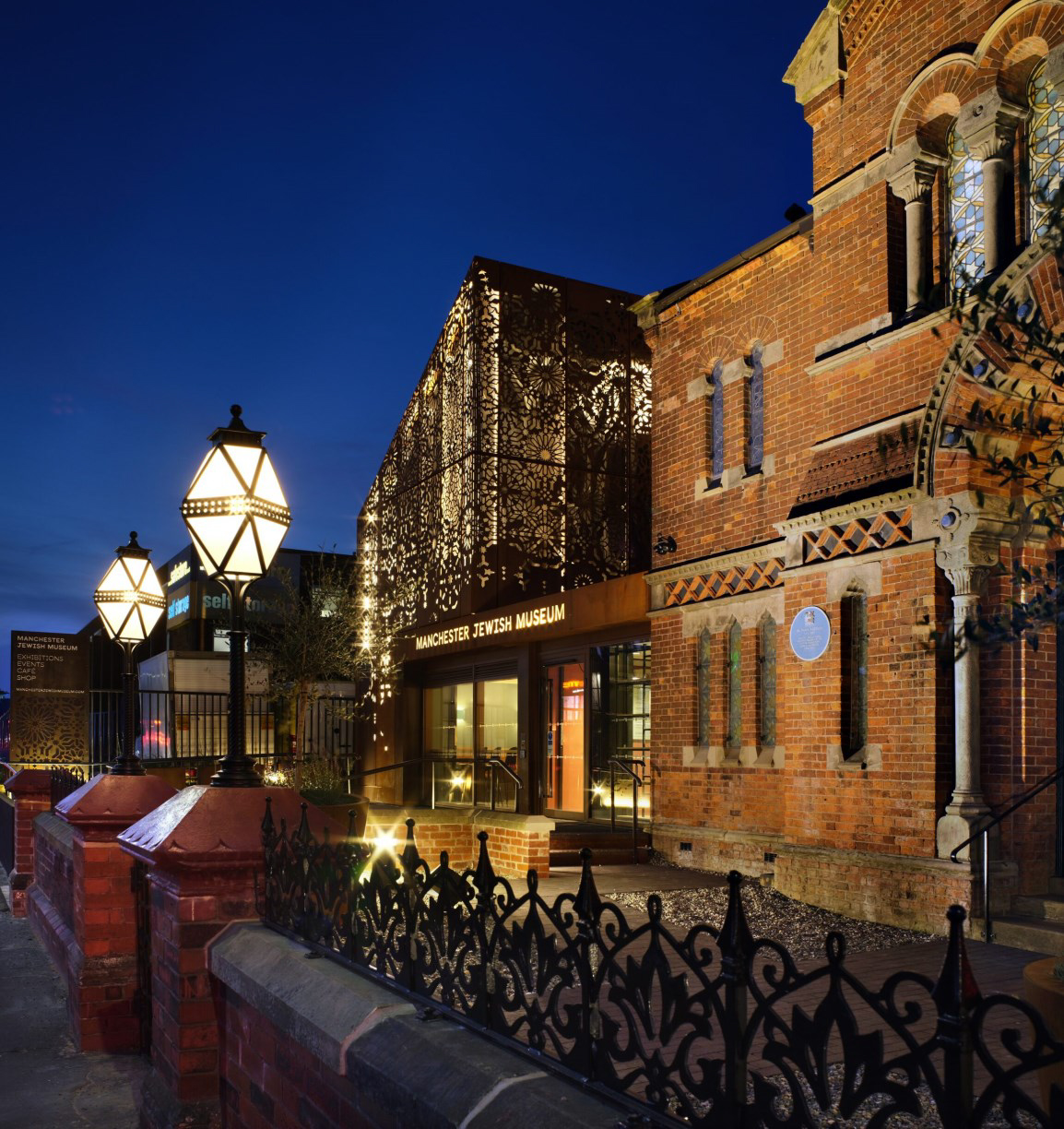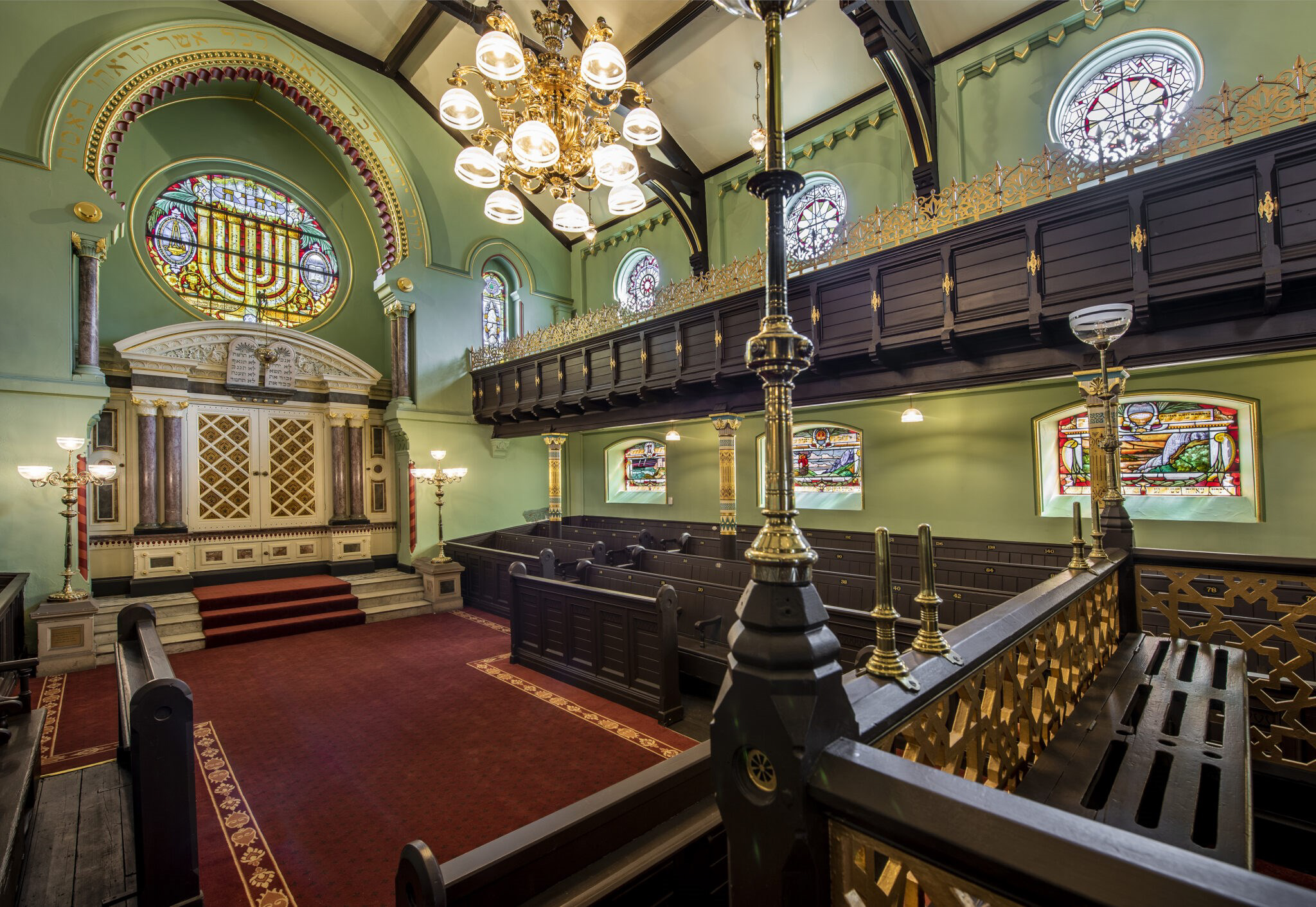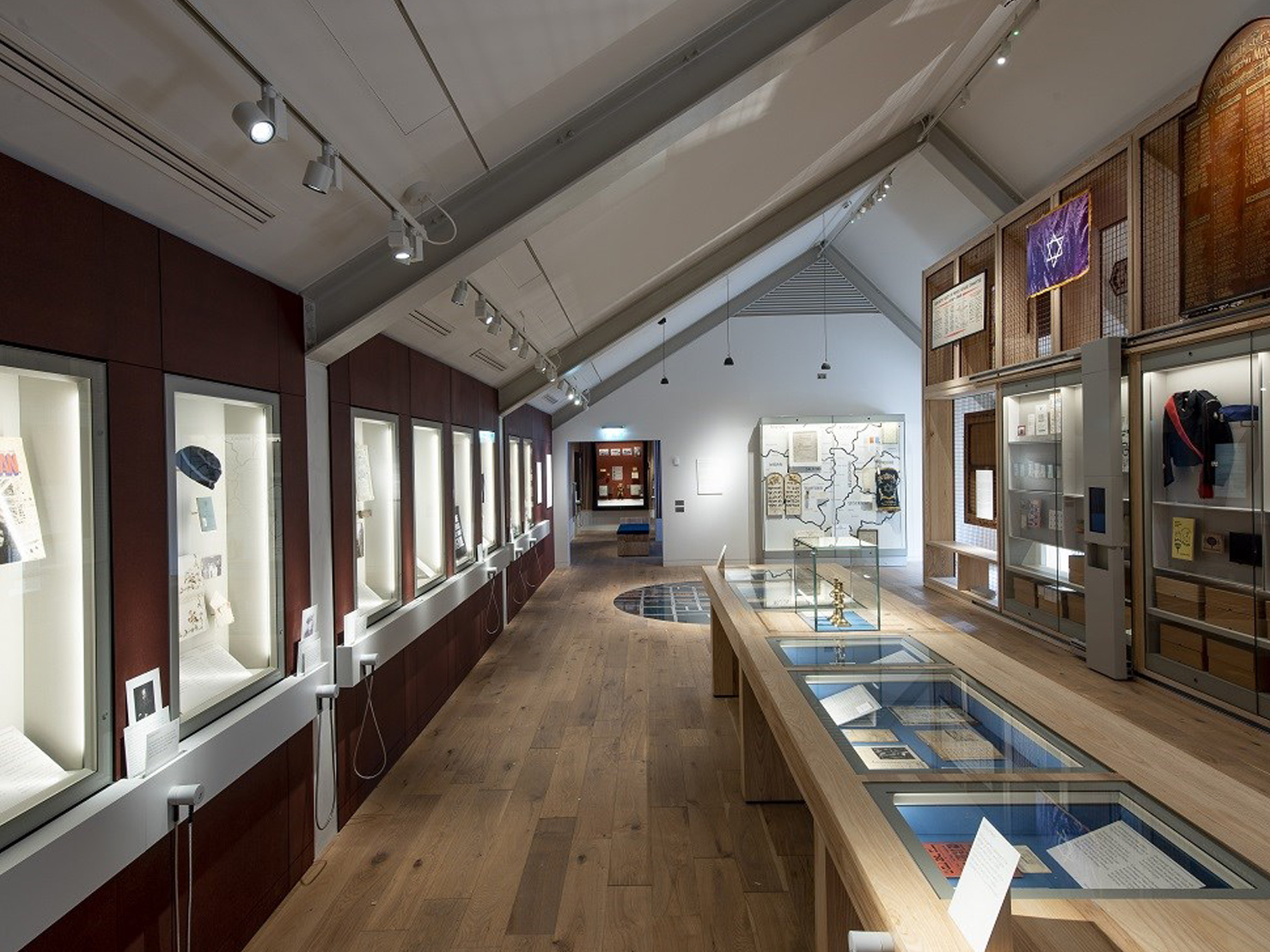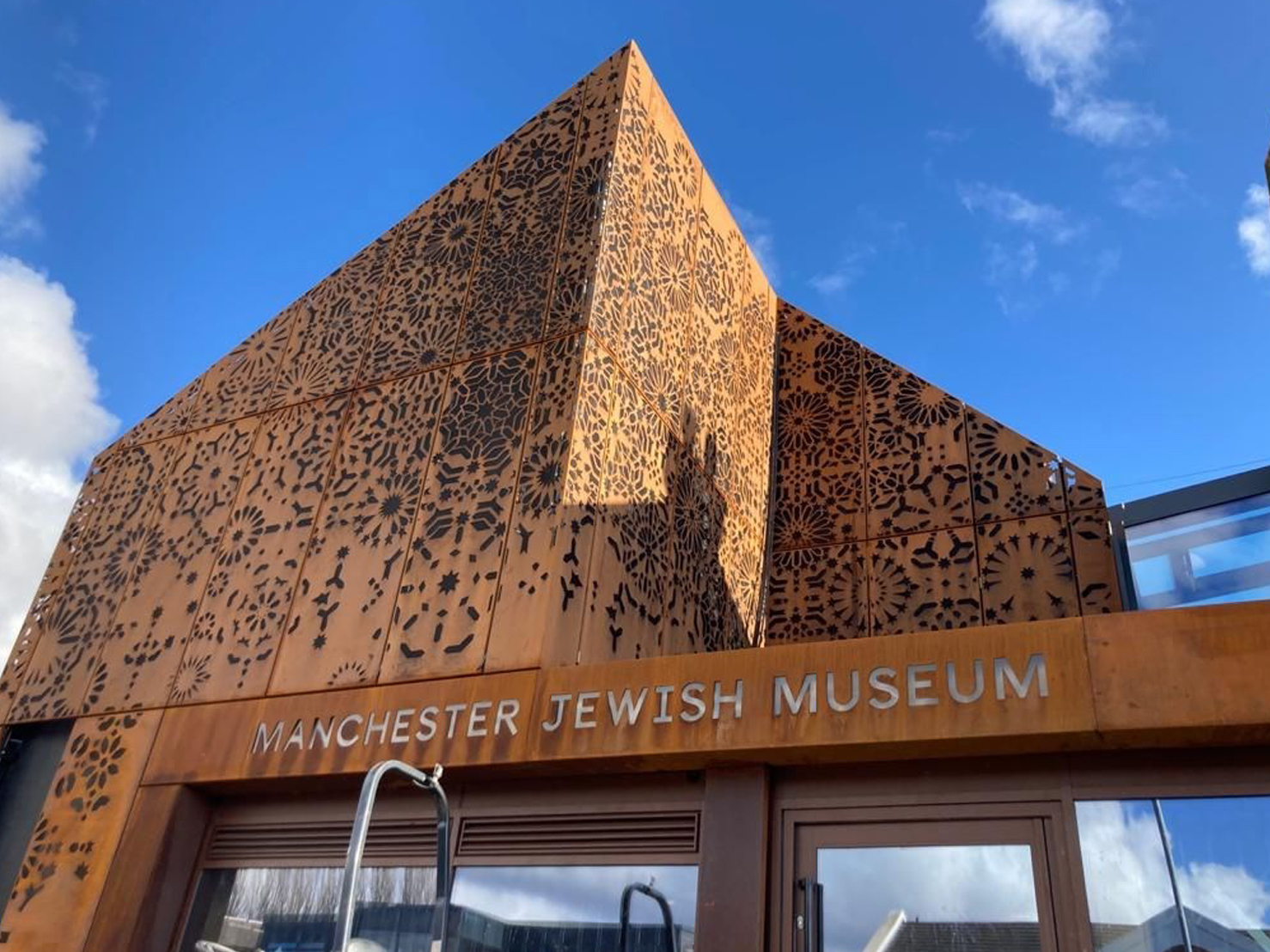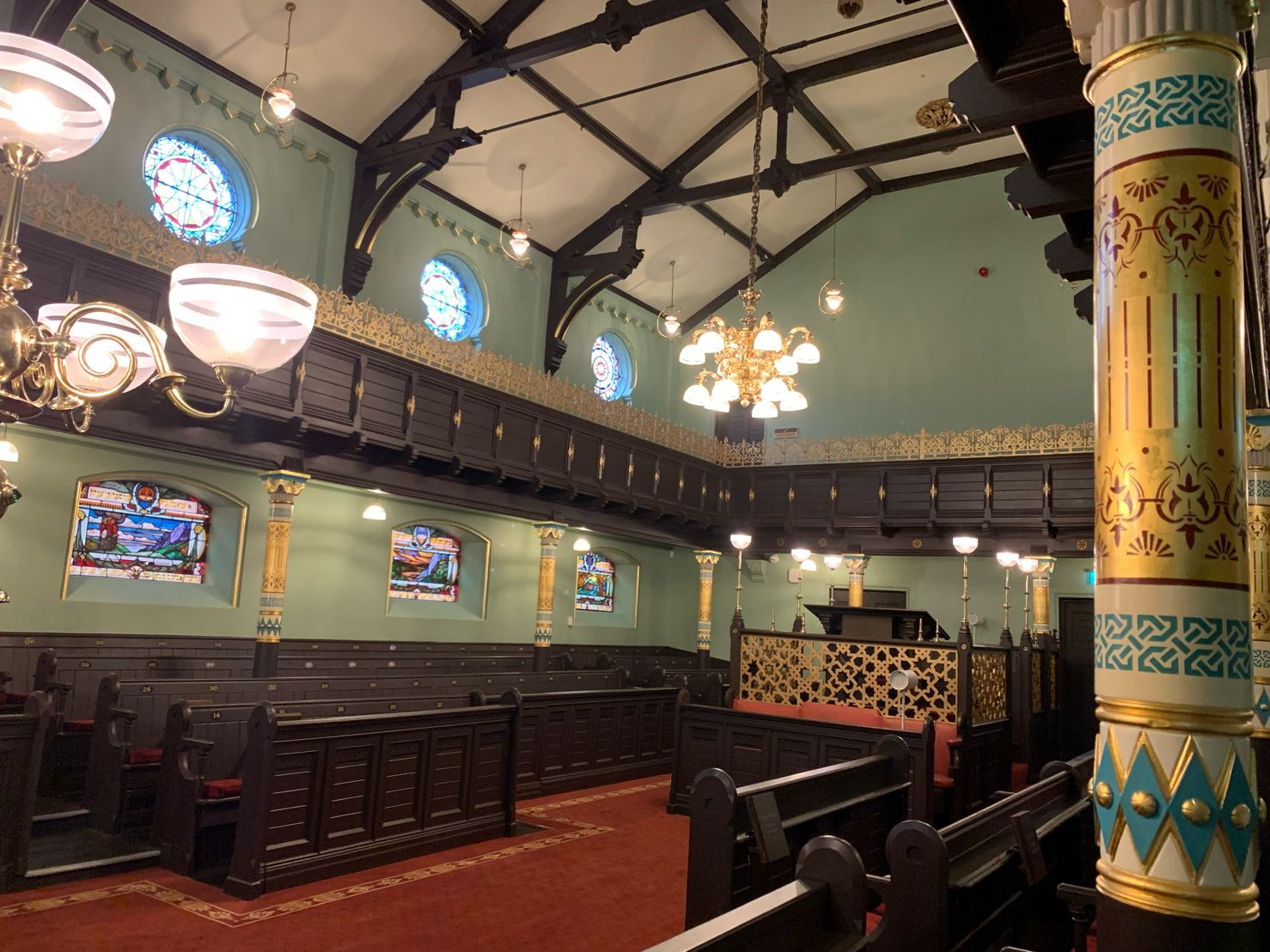MANCHESTER JEWISH MUSEUM
COMMERCIAL / CONSERVATION

LOCATION
Manchester

SECTOR
Commercial/Conservation
CLIENT

ARCHITECT

PROJECT VALUE
£3.5m

CONTRACT

PERIOD

CONTRACT PERIOD
THE BRIEF
H.H. Smith were awarded the refurbishment and extension of the existing Manchester Jewish Museum project following a competitive tender process. Refurbishment of the Grade II* listed building, described by English Heritage as “one of the highlights of Victorian Gothic architecture in the country”, and the oldest surviving synagogue in Manchester required sensitivity and attention to detail. The Victorian building is Moorish in style and built by Jewish cotton traders from Spain and Portugal. Works included repair and restoration to all existing areas, including the Synagogue and Sukkah, the construction of an extension to the existing Museum, external landscaping along with new mechanical and electrical works throughout. Works were part funded by Heritage Lottery Funding and the National Lottery Fund.
KEY POINTS
CHALLENGES
The site’s position restricted access for deliveries, waste removal and cranage requirements. Additionally, a commitment was made to avoid use of local roads for contractor parking. All of this required robust programming and inclusion in site inductions and monitoring. The skills of H.H. Smith’s specialist trades men, all of whom have undertaken many heritage projects previously, had the understanding to seamlessly link restoration with new materials and techniques. The varied stakeholders, required a sensitive collaborative approach to ensure a successful outcome. H.H. Smith were able to capture the information necessary to satisfy the relevant funding bodies. The works were impacted by the COVID19 pandemic but the site remained open and this was achieved by adopting new safe systems of work.

